Push-in Wire Connectors Stranded Wire Soldering
bltglt
13 years ago
Featured Answer
Sort by:Oldest
Comments (15)
randy427
13 years agobrickeyee
13 years agoRelated Professionals
Arkansas City General Contractors · Auburn General Contractors · Bremerton General Contractors · Erie General Contractors · Jackson General Contractors · Jackson General Contractors · Markham General Contractors · Montebello General Contractors · Park Forest General Contractors · River Forest General Contractors · Lockhart Solar Energy Systems · Homer Glen Solar Energy Systems · Irvington Solar Energy Systems · Cutler Bay Home Automation & Home Media · St. Louis Home Automation & Home Mediabltglt
13 years agoDavidR
13 years agobrickeyee
13 years agocountryboymo
13 years agobrickeyee
13 years agoalan_s_thefirst
13 years agocountryboymo
13 years agobrickeyee
13 years agobus_driver
10 years agobtharmy
10 years agoyosemitebill
10 years agoyosemitebill
10 years ago
Related Stories
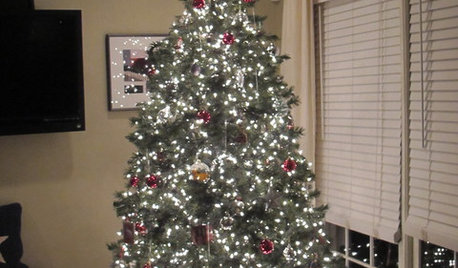
CHRISTMASHow to Light Your Christmas Tree Like a Pro
Give yourself frustration-free tree lighting this year — the trick is clever cord management
Full Story
LIGHTINGThe Lowdown on High-Efficiency LED Lighting
Learn about LED tapes, ropes, pucks and more to create a flexible and energy-efficient lighting design that looks great
Full Story
BATHROOM DESIGNWarm Up Your Bathroom With Heated Floors
If your bathroom floor is leaving you cold, try warming up to an electric heating system
Full Story
CONTRACTOR TIPSBuilding Permits: 10 Critical Code Requirements for Every Project
In Part 3 of our series examining the building permit process, we highlight 10 code requirements you should never ignore
Full Story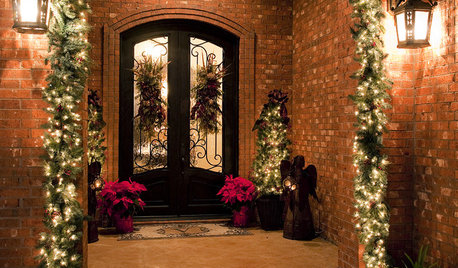
MOST POPULARA Contractor's Secrets to Hanging Holiday Decor
Hang a wreath or garland on brick, concrete, Sheetrock or wood the professional way — and avoid the potential pitfalls
Full Story
LIGHTINGA Beginner’s Guide to Lighting in Layers
Discover the secrets of combining light sources to create richer-looking and more flexible living spaces
Full Story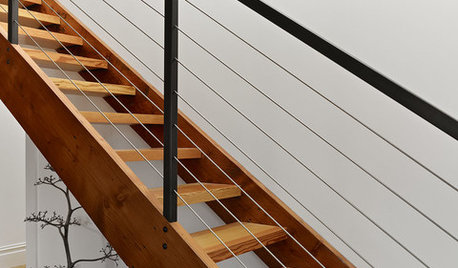
ARCHITECTUREDesign Workshop: Modern Handrail Details
What to know about material, shape and customizable options when designing a handrail
Full Story
LIFEHouzz Call: Show Us Your Nutty Home Fixes
If you've masterminded a solution — silly or ingenious — to a home issue, we want to know
Full Story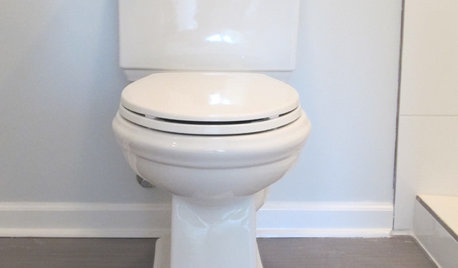
BATHROOM DESIGNHow to Install a Toilet in an Hour
Putting a new commode in a bathroom or powder room yourself saves plumber fees, and it's less scary than you might expect
Full Story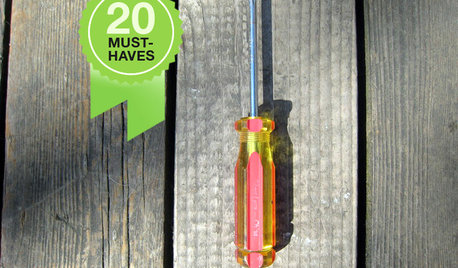
HOUSEKEEPING20 Tools Every Homeowner Should Have
You probably have a hammer, but that's just a start. These 20 tools and devices are superstars for household projects and repairs
Full Story







gcronau